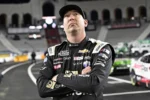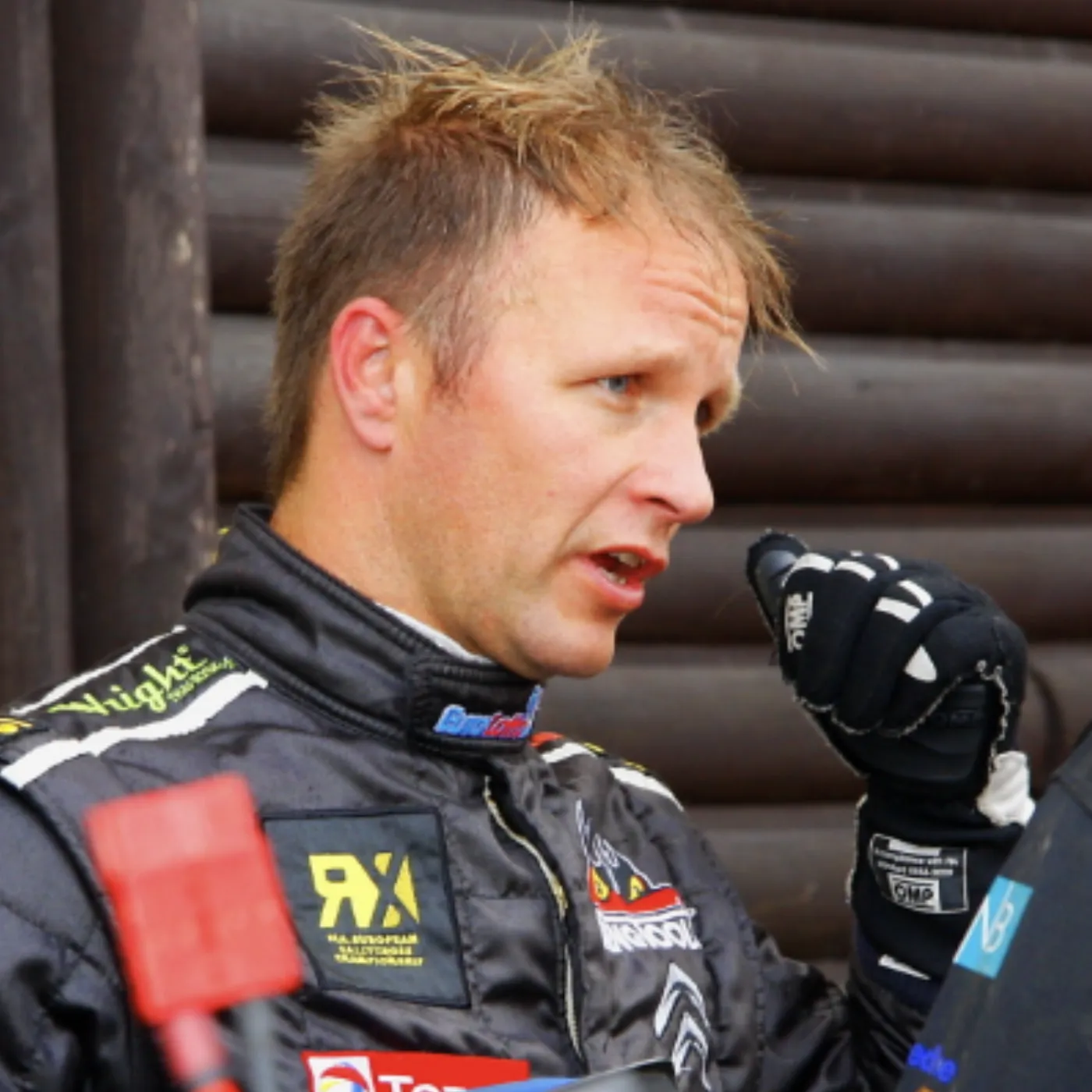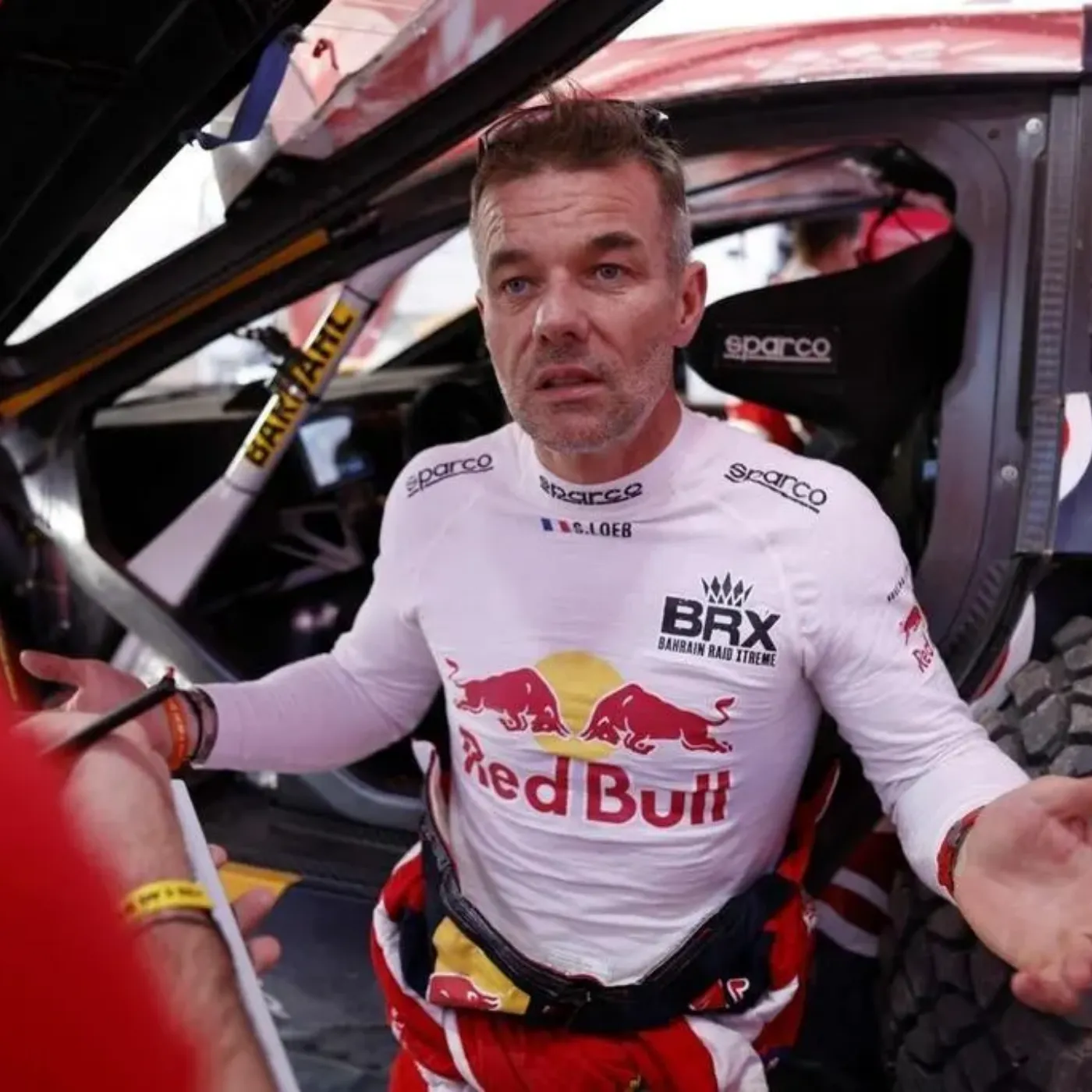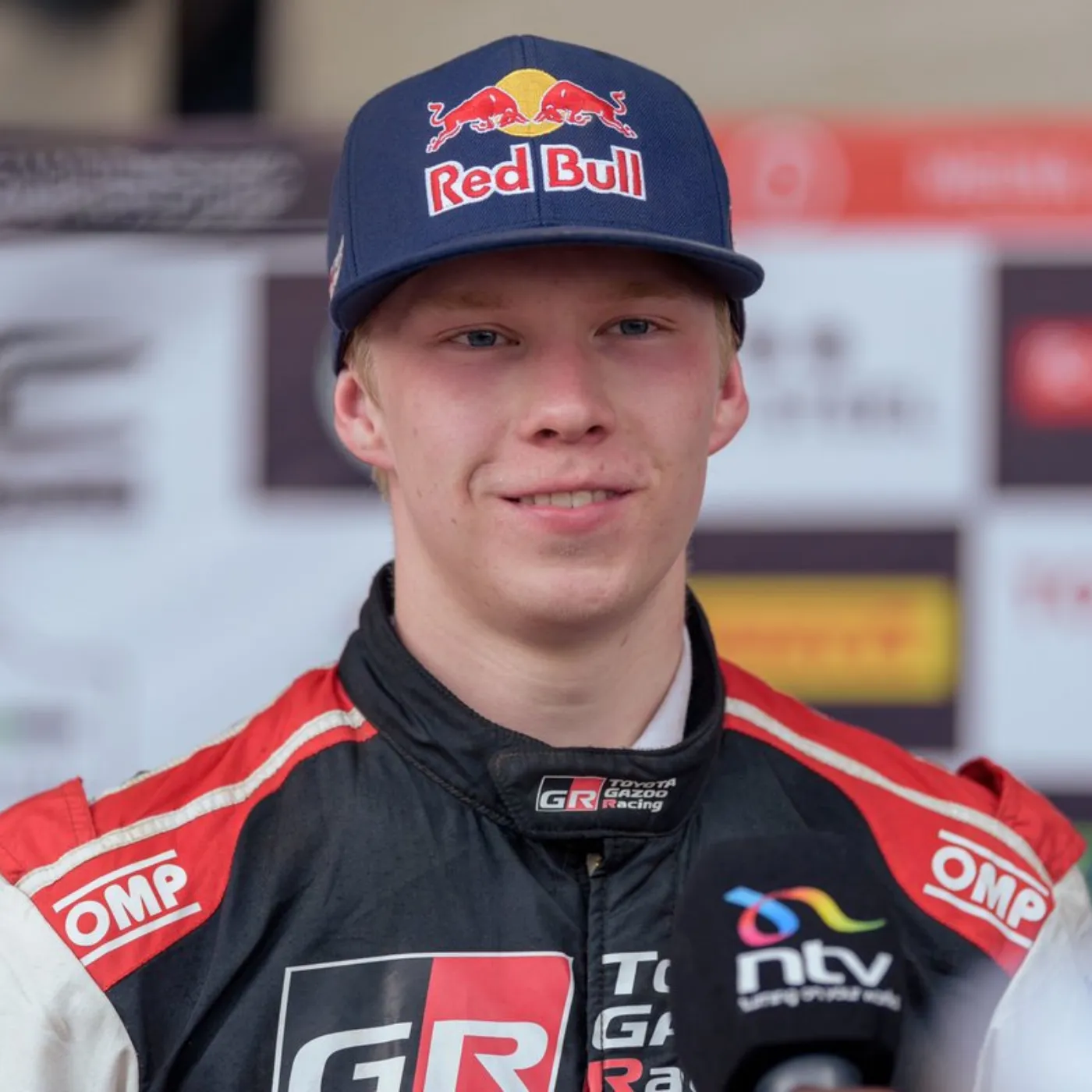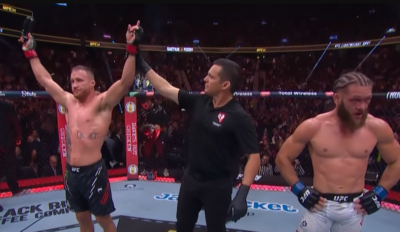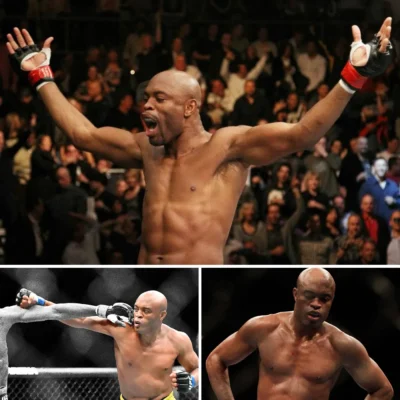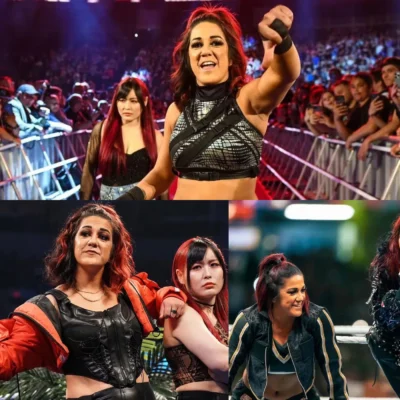
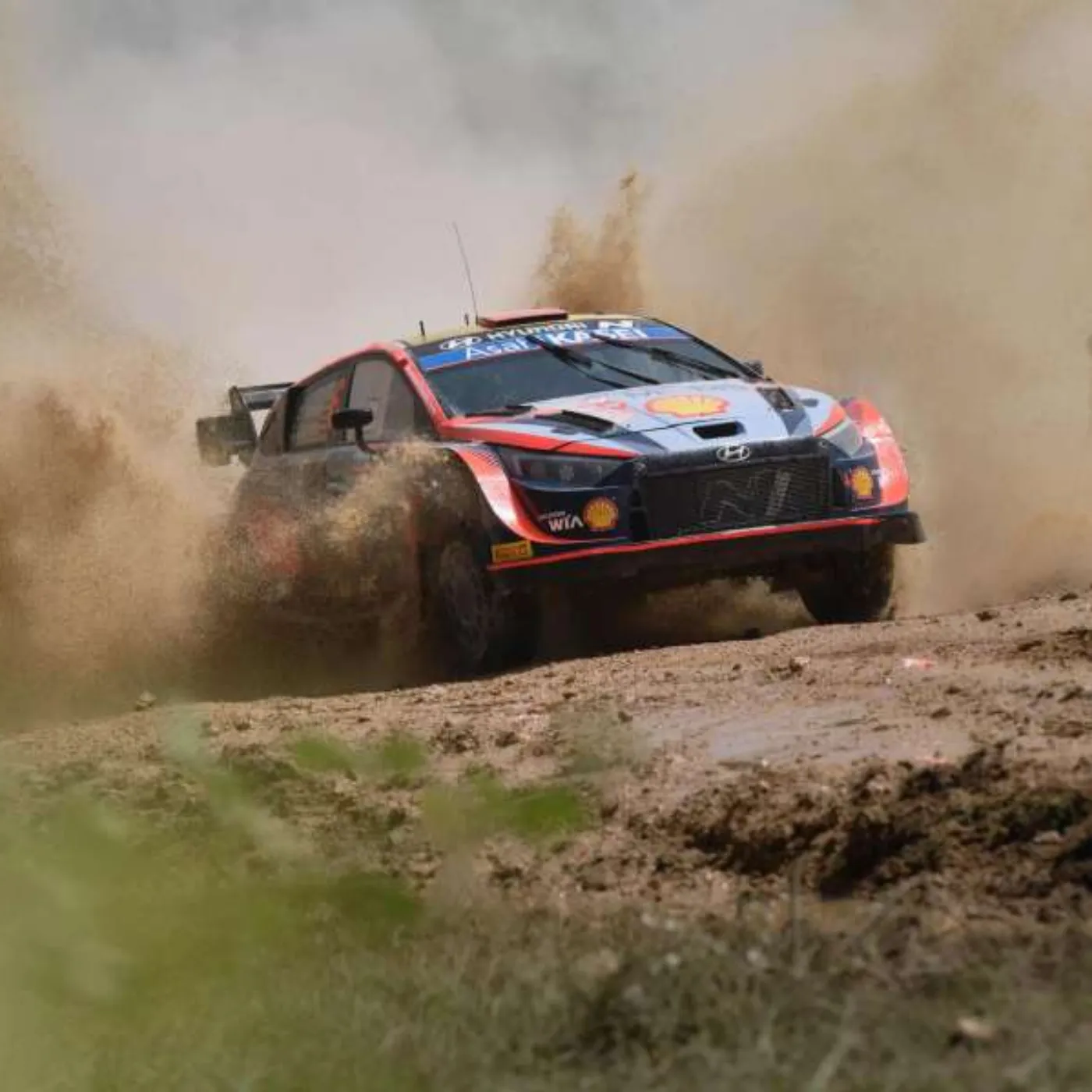
Hyundai’s Roadmap for WRC Success – Learning from WEC’s Best Practices!
Hyundai’s Ambitions in WRC
Over the past decade, Hyundai Motorsport has established itself as a force to be reckoned with in the World Rally Championship (WRC). With multiple rally wins and a manufacturer’s championship under their belt, Hyundai has proven that they have what it takes to compete at the highest level.
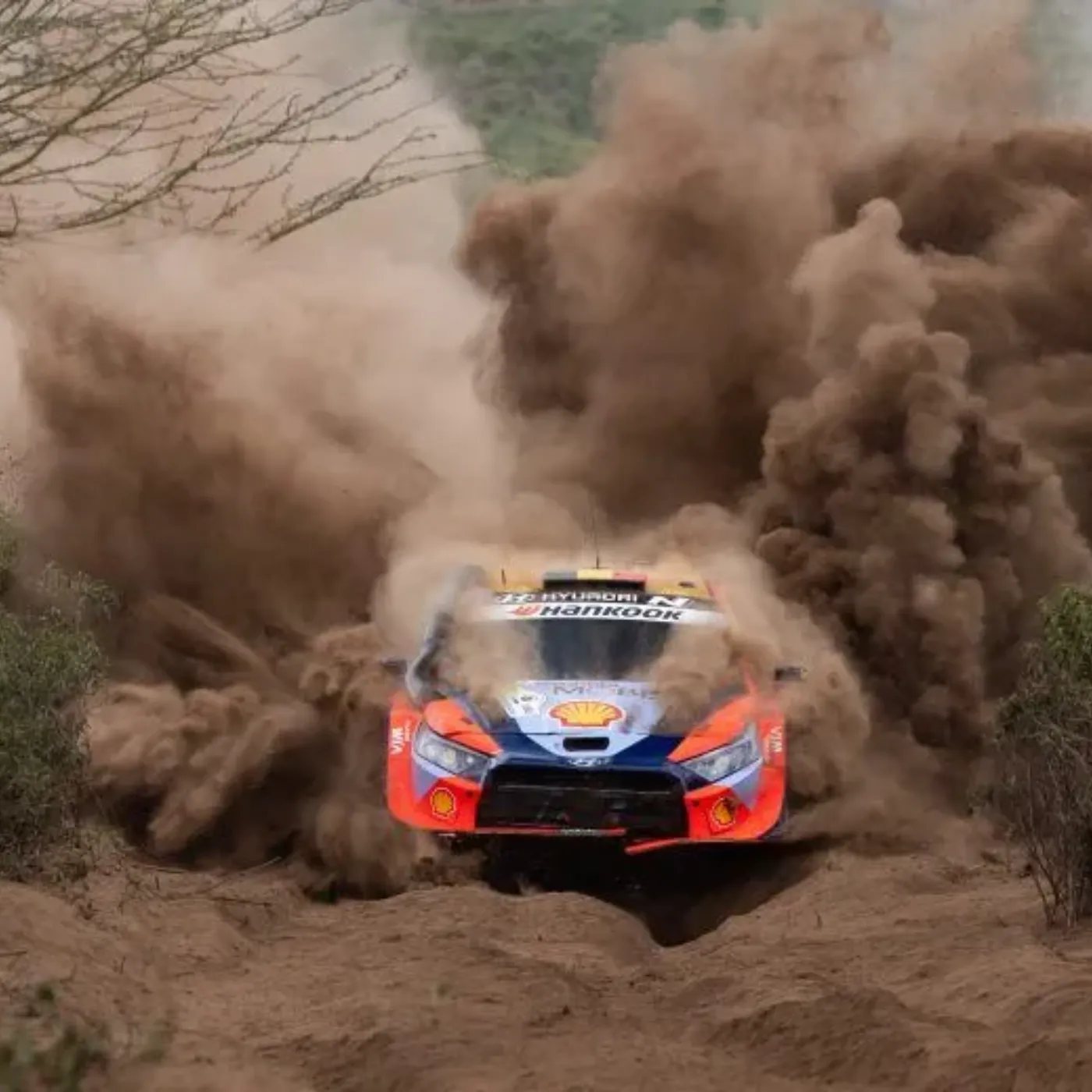
However, despite their success in recent years, Hyundai’s quest for consistent WRC dominance has been met with challenges. Toyota Gazoo Racing and M-Sport Ford remain formidable rivals, and the transition into the Rally1 hybrid era has further complicated the competitive landscape.
To stay ahead, Hyundai is looking toward another motorsport discipline for inspiration—the World Endurance Championship (WEC). By studying the best practices of endurance racing, Hyundai aims to enhance their WRC performance through technical innovation, strategic excellence, and superior team dynamics.
In this article, we will break down Hyundai’s roadmap for WRC success, how they are integrating WEC principles into their rallying efforts, and what this could mean for their future championship hopes.
Hyundai’s Current Standing in WRC
1.1 The Journey So Far
Hyundai Motorsport made its return to the World Rally Championship in 2014, re-entering the sport with high expectations. Over the years, they have built a competitive team, attracting top drivers like Thierry Neuville, Ott Tänak, Dani Sordo, and Esapekka Lappi.
Their major milestones include:
Winning the WRC Manufacturers’ Championship in 2019 and 2020.
Consistently fielding a fast and reliable rally car in the form of the Hyundai i20 Coupe WRC and now the i20 N Rally1.
Establishing themselves as one of the top three manufacturers in WRC alongside Toyota and Ford.
Despite these achievements, Hyundai has yet to secure a drivers’ championship, with Thierry Neuville coming agonizingly close multiple times.
1.2 The Challenges Hyundai Faces
Hyundai’s WRC journey has not been without obstacles. Some of the key challenges they need to overcome include:
Toyota’s Dominance – Toyota’s reliability, consistency, and strategic decision-making have made them the team to beat.
Hybrid System Adaptation – The new Rally1 hybrid regulations have posed a learning curve for all teams, but Hyundai has had its share of technical difficulties.
Driver Departures and Changes – The departure of Ott Tänak in 2022 and internal management shifts have caused instability.
Reliability Issues – While Hyundai has produced a fast car, mechanical failures and set-up inconsistencies have cost them crucial points in championship battles.
To take their WRC program to the next level, Hyundai is looking outside the rally world for inspiration—specifically, to their WEC counterpart, Hyundai’s endurance racing division.
What Can Hyundai Learn from WEC?
2.1 The World Endurance Championship – A Model of Innovation
The World Endurance Championship (WEC) is one of the most prestigious forms of motorsport endurance racing, featuring races like the legendary 24 Hours of Le Mans. WEC teams must focus on:
Reliability – Endurance races demand cars that can run for hours without failure.
Efficiency – Hybrid and fuel management strategies are critical to success.
Team Coordination – Flawless execution between engineers, strategists, and drivers is key.
Aerodynamics and Chassis Development – Innovations in chassis design help create high-performance, stable, and aerodynamic cars.
While WRC and WEC are vastly different disciplines, the engineering principles from endurance racing could provide Hyundai with an edge in rallying.
2.2 How Hyundai Can Apply WEC Strategies to WRC
Hyundai’s WEC-inspired roadmap for WRC success includes the following key elements:
1. Improving Hybrid Powertrain Efficiency
WEC teams have perfected the art of hybrid powertrain optimization, ensuring that the combination of internal combustion and electric power delivers maximum efficiency and reliability. Hyundai must:
Enhance battery management to ensure optimal energy deployment.
Refine hybrid boost strategies to provide drivers with the best acceleration when exiting corners.
Improve overall system reliability to prevent hybrid-related failures.
By applying endurance racing principles, Hyundai can develop a more powerful and reliable Rally1 hybrid car.
2. Strengthening Aerodynamic and Suspension Development
Aerodynamics play a crucial role in WEC, and while WRC is less dependent on downforce, aerodynamic efficiency and stability are still critical.
Hyundai can learn from WEC engineers to:
Reduce drag while maintaining stability at high speeds.
Refine underbody aerodynamics to optimize airflow over the car.
Enhance suspension geometry to ensure consistent grip across varying surfaces.
By applying these advanced engineering principles, Hyundai’s rally cars could become more stable, predictable, and competitive in every condition.
3. Adopting a Data-Driven Approach to Race Strategy
WEC teams rely heavily on real-time data analysis to make split-second strategic decisions. In rallying, telemetry and data-driven decision-making are just as important. Hyundai should:
Use advanced analytics to better predict tire wear and grip levels.
Optimize hybrid boost timing based on stage data.
Improve real-time driver feedback systems for on-the-fly adjustments.
Leveraging big data and machine learning models, Hyundai can create a race strategy that maximizes efficiency and speed.
4. Enhancing Pit Crew and Service Team Efficiency
In WEC, every pit stop is a game-changer, and teams practice ultra-fast pit work to minimize time loss.
In WRC, service breaks are limited, making efficiency crucial. Hyundai’s roadmap should include:
Training service crews for quicker and more precise repairs.
Developing modular car components that allow faster replacements.
Optimizing logistics and spare parts organization to reduce downtime.
A well-oiled service team can make the difference between winning and losing a rally.
The Future of Hyundai in WRC
3.1 Hyundai’s Vision for 2025 and Beyond
Hyundai has already invested heavily in rally technology, and their WEC-inspired approach could help them achieve the following:
A more dominant Rally1 car with enhanced aerodynamics, powertrain efficiency, and reliability.
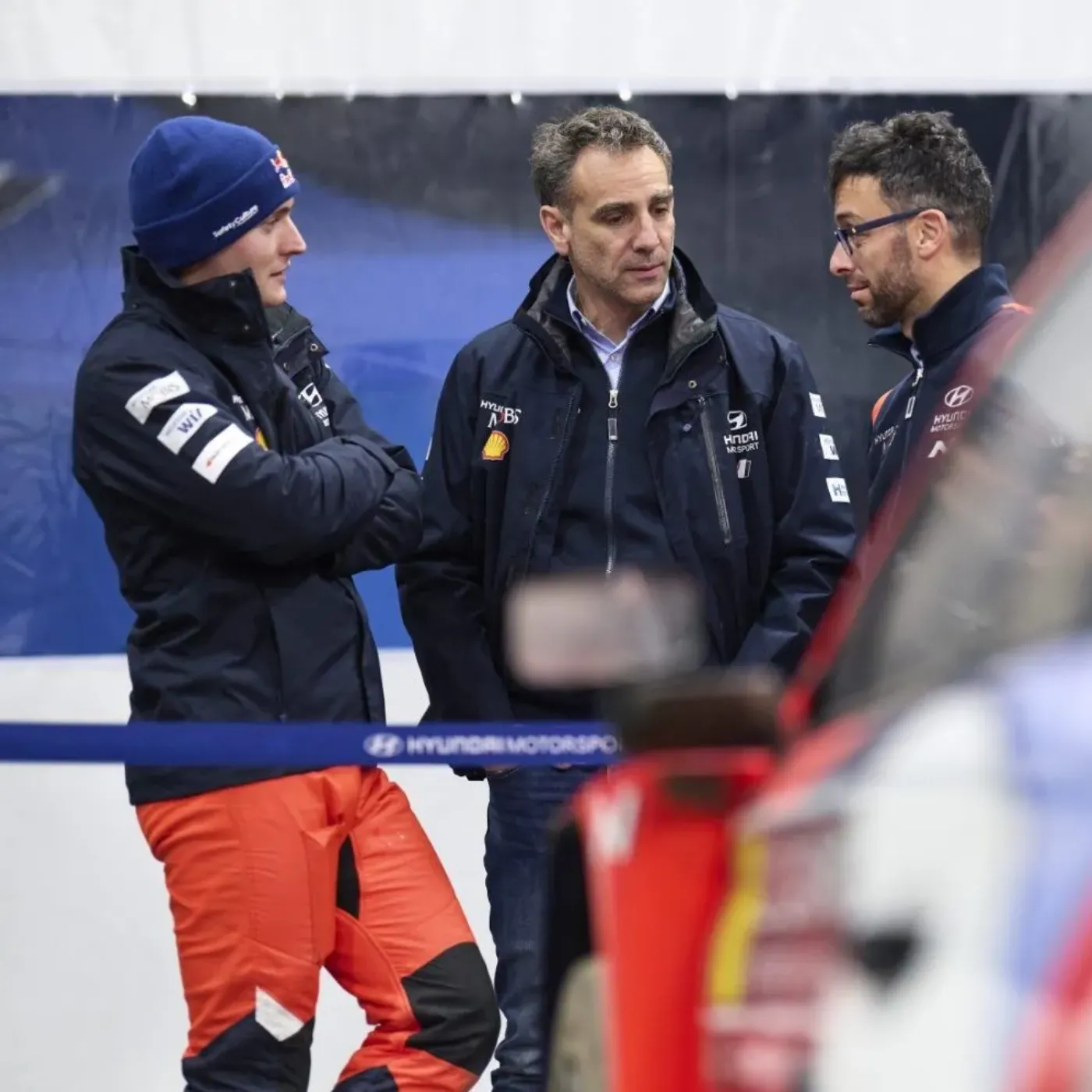
A stronger hybrid system that maximizes power while maintaining durability.
More effective race strategies through real-time data analysis.
An improved service crew that minimizes mechanical delays.
3.2 Can Hyundai End Toyota’s Dominance?
Toyota has been the benchmark in WRC for several seasons. To challenge them, Hyundai must:
Ensure their 2025 car is the best hybrid rally car ever produced.
Refine their driver lineup to create a perfect blend of speed and consistency.
Improve their technical reliability to avoid race-ending failures.
With the right engineering innovations, strategic thinking, and commitment, Hyundai has the potential to become the dominant force in WRC.
Hyundai’s Bold New Direction in WRC
By learning from WEC’s best practices, Hyundai is paving the way for a new era in rallying. Their focus on hybrid efficiency, aerodynamics, real-time data analysis, and service crew optimization could give them the edge they need to beat Toyota and Ford.
The 2025 WRC season could be a turning point—will Hyundai’s roadmap lead them to championship glory? Only time will tell, but one thing is certain: Hyundai is not backing down from the fight!



